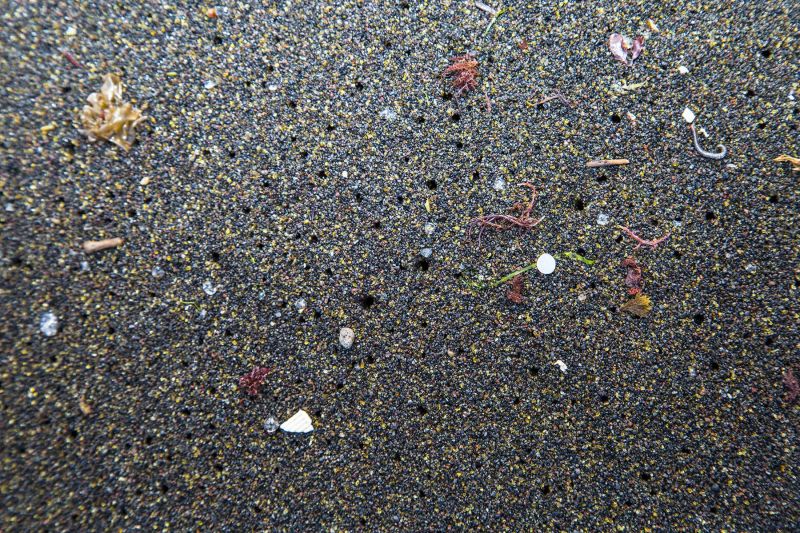Wastewater treatment plants are key route into UK rivers for microplastics
Published on by Water Network Research, Official research team of The Water Network in Science
Water samples from UK rivers contained significantly higher concentrations of microplastics downstream from wastewater treatment plants, according to one of the first studies to determine potential sources of microplastics pollution.
Scientists from the University of Leeds measured microplastics concentrations up and downstream of six wastewater treatment plants and found that all of the plants were linked to an increase in microplastics in the rivers—on average up to three times higher but in one instance by a factor of 69.

Microplastics, Representative Image, Source: Wikimedia Commons, Labeled for Reuse
Lead author Dr. Paul Kay, from the School of Geography at Leeds, said: "Microplastics are one of the least studied groups of contaminants in river systems. These tiny plastic fragments and flakes may prove to be one of the biggest challenges in repairing the widespread environmental harm plastics have caused. Finding key entry points of microplastics, such as wastewater treatment plants, can provide focus points to combating their distribution.
"However, pervasive microplastics were also found in our upstream water samples. So while strengthening environmental procedures at treatment plants could be a big step in halting their spread, we cannot ignore the other ways microplastics are getting into our rivers."
Microplastics are pieces of plastic with a diameter less than five millimetres. They come from a wide range of materials including tiny plastic beads found in health and beauty products, plastic fibres from clothing and plastic flakes that break down from packaging.
In addition to exposing river ecosystems to the pollutants found in microplastics, a huge quantity continues to flow downstream and is then flushed into the ocean, posing a further threat to marine environments. Recent research has also found microplastics in fish stocks eaten by humans.
The researchers examined 28 river samples from six different field sites across Northern England. The treatment plants included in the study varied in the size of the population they served, the treatment technologies used and the river's characteristics. These variations allowed for a broader understanding of how different factors could affect how much wastewater treatment plants contribute to microplastic pollution.
In addition to treatment plants providing an entry point for microplastics found in both commercial and domestic wastewater, such as clothing and textile microfibers that shed into washing machines, wastewater treatment plants may also contribute secondary microplastics as a result of plastics caught in the treatment process breaking down further.
The study categorised the types of microplastics found, into pellets/beads, fibres and fragments/flakes. Fragment and fibres made up nearly 90% of the microplastics found in the river samples.
"By categorising the types of microplastics we can identify what aspects of our lifestyle are contributing to river pollution," said Dr. Kay.
"Not that long ago microbeads in toiletries and cosmetics were the microplastics getting all the public attention. Seeing the amount of plastic microfibres from clothing and textiles polluting our rivers, we need to think seriously about the role of our synthetic fabrics in long-term environmental harm."
The Paper: Paul Kay et al, Wastewater treatment plants as a source of microplastics in river catchments , Environmental Science and Pollution Research (2018). DOI: 10.1007/s11356-018-2070-7
Source: University of Leeds (Via Science Daily)
Media
Taxonomy
- Industrial Wastewater Treatment
- Wastewater Treatment
- River Studies
- River Engineering
- River Restoration
- Water Utility
- Wastewater Treatment Plant Design
- Utility Management
- plastic pollution
- plastic debris
- microplastics
- nanoplastics